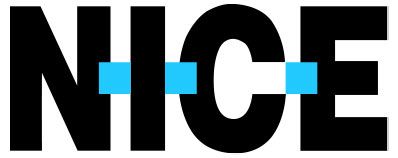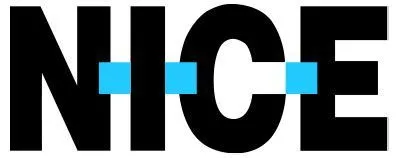Interactive voice response (IVR) systems are powerful tools for contact centers to have in their tool boxes. When designed right, IVR systems can increase customer satisfaction by offering an enhanced experience, while a poor design can leave customers stranded in a wilderness of menu options. Organizations that thoughtfully implement their IVR systems can accelerate resolutions in several ways that benefit both the business and its customers.
What is an IVR system?
An IVR system is telephony software that call centers use to help route calls, collect customer information, and enable customer self-service. Consumers know IVRs as the menu at the beginning of customer service calls ("Press 1 for claims"). The customer's menu choices help the call center route the call to the most qualified agent or agent team. For example, if the caller selected 1 for Claims, they would be routed to an agent who is qualified to assist with claim-related inquiries.
The upfront menu process can also be used to collect information that can then be passed to agents so they are armed with all relevant information the moment they speak with the customer. For example, the IVR system could ask the caller to enter their claim number or account number, and then automatically present the claim information to the agent when they are connected with the customer.
Entry of the claim number could also be part of a self-service transaction. Continuing the example, if the IVR is integrated with the claims system, a caller could check the status of their claim by interacting solely with the IVR, no agent required. Of course, if the customer needs further clarification, a well-designed IVR system will still give them the option to speak to an agent.
It's clear that an IVR system can be a valuable resource for accelerating resolutions. This is good for business because it can increase customer satisfaction and yield several operational benefits. This type of win-win situation is a no-brainer and worth looking into if you don’t have an IVR today.
Accelerating issue resolution
The self-service and data collection capabilities of an IVR system enable the ability to close customer inquiries faster. Here are some of the ways IVRs can accelerate resolutions.
1. Self-service
Sometimes customers don't need or want to talk to an agent - they just want to get things done themselves. Sure, the human agent greeting and rapport building can be nice, but that takes time. And self-servers are busy people who typically don't want to sit in a queue, waiting to speak to an agent. IVRs allow time-constrained customers to resolve issues quickly and on their own terms.
2. 24/7 support
These self-service features also provide customers with after-hours service so they can receive help even after the call center has shut down for the day. For example, if Dave is lying in bed at 11 pm and suddenly remembers he needs to pay a bill that's due that day, he can pay that bill through the IVR system. Not having to wait until customer service reopens in the morning cuts hours off the issue resolution timeline.
3. More effective routing
One of the most important jobs of an IVR system is to enable more effective routing so that the customer gets matched with an agent who can resolve their issue quickly and accurately. We've already discussed the example of being routed to a claims specialist based on the customer's menu selection. Other menu choices could route the caller to a French-speaking agent or one who specializes in group policy sales. When callers are matched to the best agent for their situation, that can reduce handle time and increase first call resolution. In other words, good routing accelerates issue resolution.
4. Data collection
An IVR can collect data from the caller and then send it to the agent that handles the call. For instance, the IVR can authenticate the customer based on the account or loyalty program number they enter with their phone's keypad. This means the agent doesn't need to perform this step, resulting in a shorter call and faster resolution time.
5. Proactive resolution
IVR systems aren't used for just inbound calls. When used for outbound calls, they can facilitate quicker issue resolution. For example, if a company uses an outbound IVR to notify customers about a product recall, the IVR can provide menu options that help customers act on that information, including the choice to be connected to a phone agent. This helps jumpstart the process for taking care of impacted customers.





